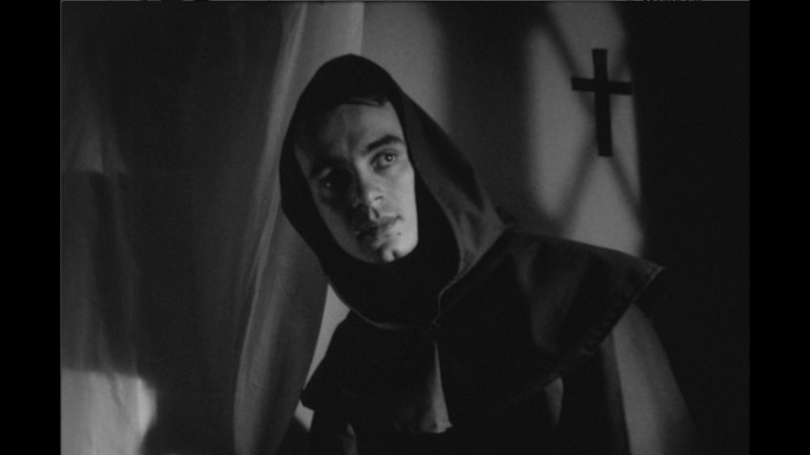
- Undergraduate
- Off-Campus Programs
- Student Work
- Diversity
- News & Events
- People
Back to Top Nav
Back to Top Nav
Back to Top Nav
Back to Top Nav
Back to Top Nav
Limiting herself as much as possible to technology available in the silent film era, Furlong strived to make "a film that would appear to fit seamlessly into the canon of Gothic Expressionist films from the days of early cinema." The film will be shown in the BFVAC Loew Theatre at 7PM January 6th, with free admission.
In her Directors Statement, Zoë writes:
"As I dove deeper into the project, I realized that I was not only making a film adaptation of a Gothic novel, but I was creating a project that was itself Gothic in many ways. The Gothic first emerged during the Enlightenment as a sort of turning away from rationality and embracing the imagination, the supernatural, superstition, dreams and nightmares. It embodied nostalgia for a time when less was explained and the realm of the unknown was bigger. I saw an echo of this in the sheer irrationality of my project. I wanted to use real film in an old camera despite its many obvious drawbacks: real film is more expensive, difficult, and time-consuming than digital. Yet I sought something visceral and emotional, something that modern technology fails to capture as well. The decisions I made were irrational, riding on an undercurrent of nostalgia for another time, a time when film was a real tactile craft, when it was the closest thing to magic as audiences had ever seen.
Similarly, one of the things that marks the Gothic is a resurgence of the past into the present — this often manifests as ghosts returning to haunt those that have wronged or forgotten them. This film, I discovered, was like a strange ghost from the past. It has a somewhat disruptive presence in 2015, an era when multiple generations have grown up with sound, color, and digital film, and many have gone their whole lives without watching a silent movie. It is a challenge for modern viewers to watch, yet I hope it is a reminder of another kind of film that has been relegated to the past — a reminder to dig those films up once and a while and to relearn the language of early cinema."